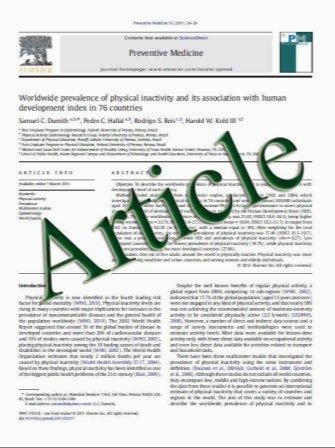The role of the nose in snoring and obstructive sleep apnoea: an update
- نوع فایل : کتاب
- زبان : انگلیسی
- مؤلف : Christos Georgalas
- چاپ و سال / کشور: 2011
Description
Multilevel anatomic obstruction is often present in snoring and obstructive sleep apnoea (OSA). As the nose is the first anatomical boundary of the upper airway, nasal obstruction may contribute to sleep-disordered breathing (SDB). A number of pathophysiological mechanisms can potentially explain the role of nasal pathology in SDB. These include the Starling resistor model, the unstable oral airway, the nasal ventilatory reflex and the role of nitric oxide (NO). Clinically, a number of case– control studies have shown that nasal obstruction is associated with snoring and mild SDB. However, there is not a linear correlation between the degree of nasal obstruction and the severity of SDB, while nasal obstruction is not the main contributing factor in the majority of patients with moderate to severe OSA. Randomised controlled studies have shown that in patients with allergic rhinitis or nonallergic rhinitis and sleep disturbance, nasal steroids could improve the subjective quality of sleep, and may be useful for patients with mild OSA, however, they are not by themselves an adequate treatment for most OSA patients. Similarly, nasal surgery may improve quality of life and snoring in a subgroup of patients with mild SDB and septal deviation, but it is not an effective treatment for OSA as such. On the other hand, in patients who do not tolerate continuous positive airway pressure (CPAP) well, if upper airway evaluation demonstrates an obstructive nasal passage, nasal airway surgery can improve CPAP compliance and adherence.
Eur Arch Otorhinolaryngol (2011) 268:1365–1373, Received: 9 September 2010 / Accepted: 10 December 2010 / Published online: 22 February 2011 The Author(s) 2011. This article is published with open access at Springerlink


